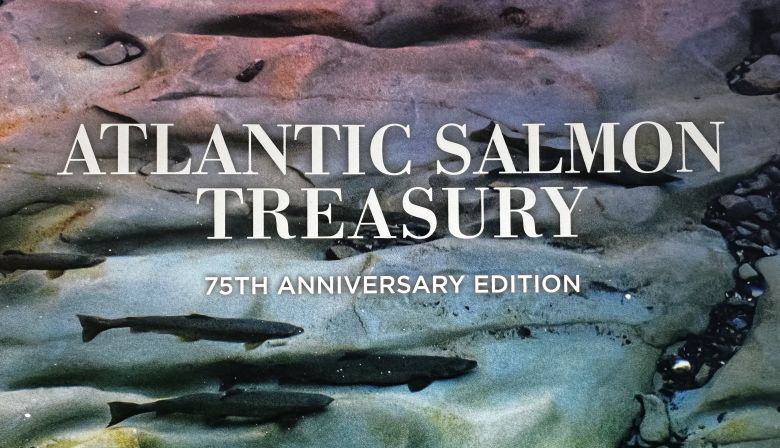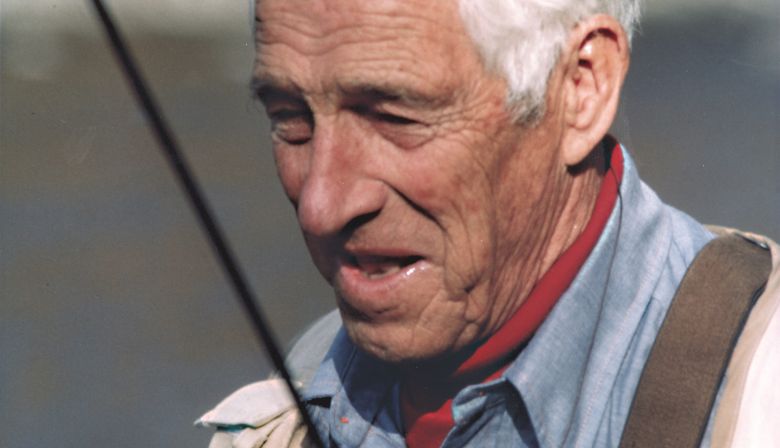Editor: Now we know this was an idea born on the Bonaventure River and fleshed out on the Margaree, fitting I guess. Is there anything else you want to add?
Monte Burke: Yes, it was Wilf Carter, ASF’s first president, in the old journals who did a lot to raise awareness about live release fishing, and you can trace this voluntary revolution among anglers throughout the years. It’s hard for me now to believe we actually killed most of the salmon we caught. One thing I wonder is what the next Treasury might look like on ASF’s 100th anniversary?
I think that gets to the importance of the Atlantic Salmon Treasury, the documentation of salmon angling and salmon conservation. It’s really important, certainly for entertainment, but also to inform, and to see where we’ve come from. There’s an old adage about how when we’re in a fallen world, when ecological systems are breaking down, that we kind of become inured to it, we become accustomed to the fall.
The Atlantic Salmon Journal and especially the Treasury, are useful to keep traditions alive, to keep conservation front of mind by embedding it into stories about angling trips, tactics, and fly-tying.
It’s a way of keeping us from not becoming accustomed to the fall. To remind us how important Salmo salar is, how important angling is, how important the traditions are, and how important it is to keep welcoming in new people.
Editor: Thank you!





